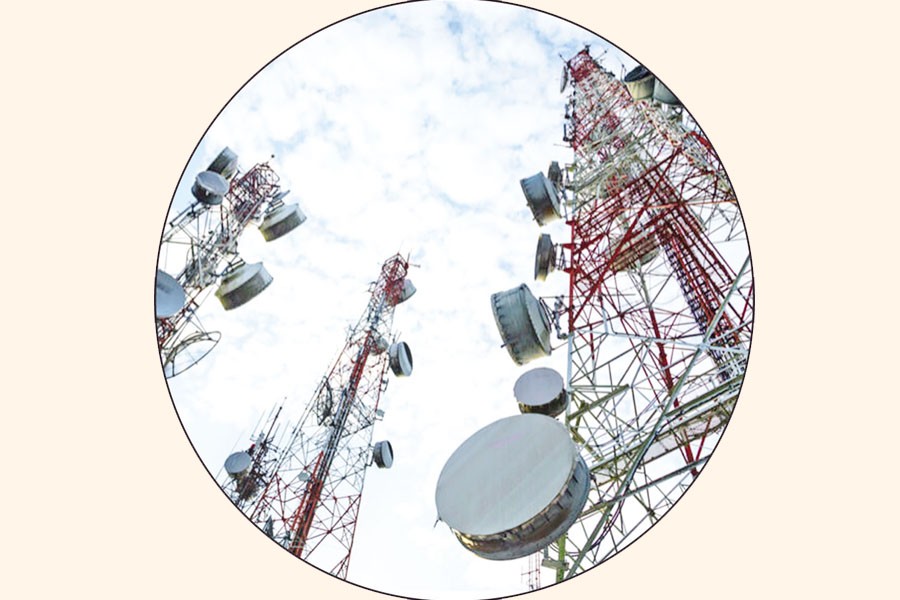
Published :
Updated :

The sight of a rundown, discoloured bus squeaking along a broad busy street in any major city is undoubtedly ugly. But this is a regular scenario in Dhaka these days. It's no hyperbole on the part of the residents in a developed city to call such a spectacle simply atrocious. They are not used to these sights. If any of them happens to come across such a scene, they will view it as a bad dream. Ironically, the residents of Dhaka have few reliefs from such sights.
The photograph of such a dilapidated bus was printed in this newspaper on October 14, 2021. Upon a casual glance, few can decide as to whether the printed segment of the vehicle is the bus's frontal or rear part. The difficulty in making out the exact view of the bus stems from the alarming state of its mutilation. It's worth mentioning that a year ago the photograph of a similar worn-out bus showed passengers on their seats, the conductor collecting fares, with many commuters standing clutching at the long steel above their heads. Almost the whole inside of the bus was visible. The reason was the vehicle's body didn't have a rear. The whole metallic cover was missing.
Broken-down buses, makeshift automobiles with all conceivable spare parts attached to them have long been moving on the Dhaka streets. To the utter disbelief of foreigners from even neighbouring India, these vehicles groan past the traffic police personnel. Normally few are intercepted. Officially, there is a traffic law, apparently stringent and punishable, which bans these automobiles from plying the streets of Dhaka metropolitan area. Like in all modern cities, discoloured automobiles cannot move in Dhaka. But the prohibition is in book only. In practice at least three public buses out of 15 have lost their tolerable level of shine, with mud splattered around the body near the wheels during rains. The dominant features that distinguish Dhaka are the layers of dust, metallic scratches on the bus's body caused by brushes with other vehicles and terrible dents. In the law-abiding cities, even a faint appearance of these scenes sparks a great outcry. In the European and North American cities, rundown public transport or privately owned automobiles are absurd spectacles. Even in a poorer state like Louisiana and its biggest city of New Orleans, the sight of an overused vehicle is rare.
The state of the traffic movement and the looks of the operative vehicles and the shopping malls speak volumes for a city'sglobal ranking in overall development. In this regard Tokyo, a number of Chinese and Scandinavian cities, the Gulf and the newly emerged Southeast Asian cities can lay claim to their rightful inclusion in these upscale groups. The shiny looks of the cars, their latest models and the extent of their compliance with traffic rules do give a preliminary idea about a nation's achievement in this vital national sector. This is not all. But for a least developed country like Bangladesh, it means a lot. It's because owning a brand-new car and the owners' increasing percentage helps interpret these nations' possible chance of reaching the goal of a lower middle-income country (L-MIC) and, finally, a middle-income country (MIC) status. However, there are a lot of other economic indicators whichought to be in consideration. Conforming to the yearly income of the average people in developed countries, owning a car has long become a socio-economic imperative in those nations. Few can deny it. In Bangladesh, it can be viewed as a key-factor behind the graduation into a 'developing' status from that of the 'least developed'.
The point to ponder is the spectacle of regularly spruced-up buses is a comfort to the eyes. The glistening automobiles plying the well maintained city roads enhance a city's overall beauty. Not only that, these buses and small automobiles comprise the observations the poorer countries' governments hope to hear from theglobal development index makers. To the great misfortune of Bangladesh, the cityscapes of the country have yet to offer an upbeat look. The looks meeting the requirements of the country hoping to upgrade to a developing one are still elusive.
Development experts might argue that mere clean and bright looks and pomposity on occasions keep many unsavoury truths hidden. This may lead to the misreading of a nation aspiring to be among the recognised developing or middle-income countries. The hard reality is the global economic and financial organisations, especially those at the UN, and the regional lenders and development agencies, scrutinise all the socio-economic benchmarks. They make an in-depth appraisal keeping all infrastructural development programmes and micro-level individual and social contentment in consideration. The seemingly minor sector of keeping the buses moving in the capital and on highways abiding by laws may not deserve a vital focus --- especially when the global development-related decision makers decide the overall economic status of a poorer nation. But as it is determined to graduate into an upper economic status, Bangladesh is required to keep in consideration all developmental nitty-gritty.
The agencies finally declaring Bangladesh a developing, or, a lower middle-income country, are required to assess all the developmental criteria of the South Asian country. According to the country's policymakers, Bangladesh has already met a large number of economic prerequisites making it mature enough to call upon the global bodies to formally declare its graduation. The country is prepared to brace for the cuts in many of its economic concessions it enjoys as an LDC. However,the global economic recession caused by the Covid-19 pandemic may prompt Bangladesh to put on hold its efforts to be declared even an L-MIC. Meanwhile, it may turn to reforms in the communication and other sectors.


 For all latest news, follow The Financial Express Google News channel.
For all latest news, follow The Financial Express Google News channel.